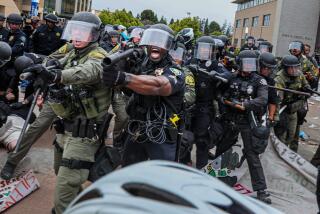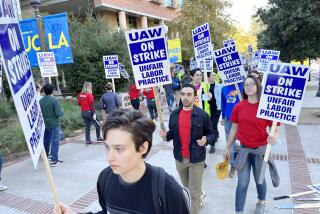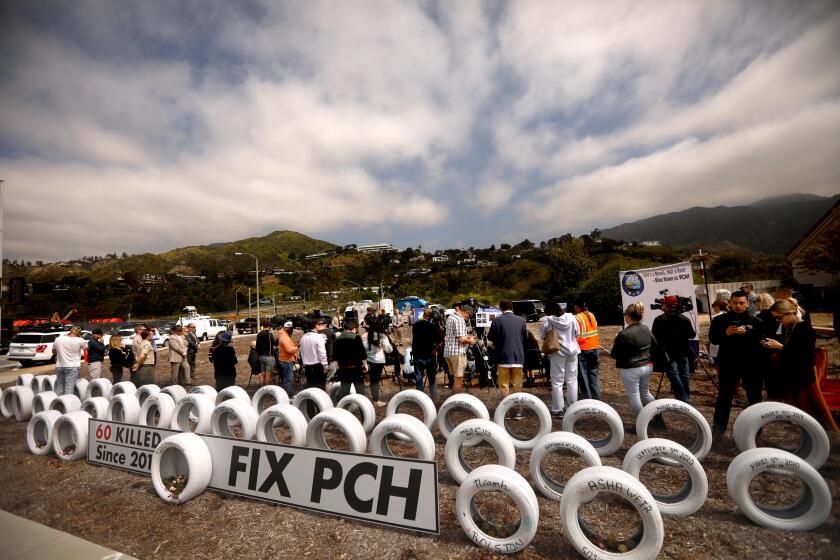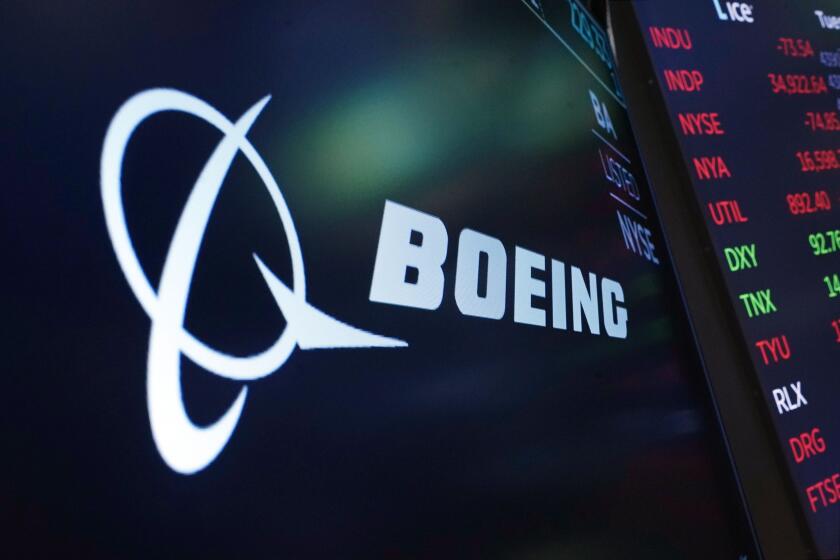PUBLIC TRANSIT IN LOS ANGELES
More than 220 companies have operated some form of public transportation since horsecars first headed into the streets of Los Angeles. Still, the area has had trouble organizing an efficient public transit system. With streets congested and buses packed, political leaders are trying again. The previous efforts:
1870s through 1910: From frontier days to the first automobiles, almost 100 companies, at one time or another, run horsecars and trolleys on streets of Los Angeles and smaller cities.
1911-1945: The Red Car era. The Pacific Electric’s famous interurbans forge a street railway network that permitted development of the Southland’s far-flung suburbs. There are also Los Angeles Railway streetcars and, from 1920-1930, Motor Transit Co. buses.
1945-1958: Southern Californians, free from wartime gas rationing, take to new freeways, developing the auto habit they never break. Unable to compete with all those Chevys, Fords and hydramatic-equipped Oldsmobiles, hard times hit the Los Angeles Transit Lines, the Metropolitan Coach Lines and Asbury Rapid Transit. Streetcars and Red Cars fade out.
1958-1964: The entrance of public transit. With private operators losing money and the public angered by a 54-day strike in 1957, the Legislature creates the Los Angeles Metropolitan Transit Authority, which takes over the Los Angeles companies as well as long-forgotten regional lines like the Foster Transportation Co. and the Crosstown Suburban Bus Lines.
1964 to the present: Dissatisfaction with public transportation prompts legislative creation of the Southern California Rapid Transit District in 1964. Still unhappy, the Legislature creates the Los Angeles County Transportation Commission in 1976 to supervise things. Today, with criticism of RTD running high, more demands for change have emerged.
More to Read
Start your day right
Sign up for Essential California for news, features and recommendations from the L.A. Times and beyond in your inbox six days a week.
You may occasionally receive promotional content from the Los Angeles Times.






